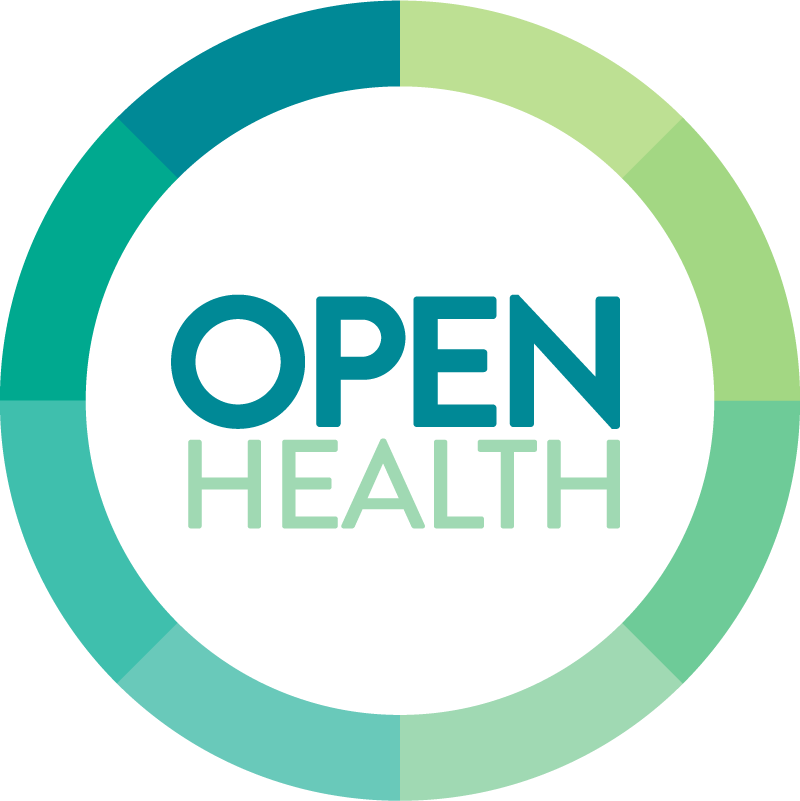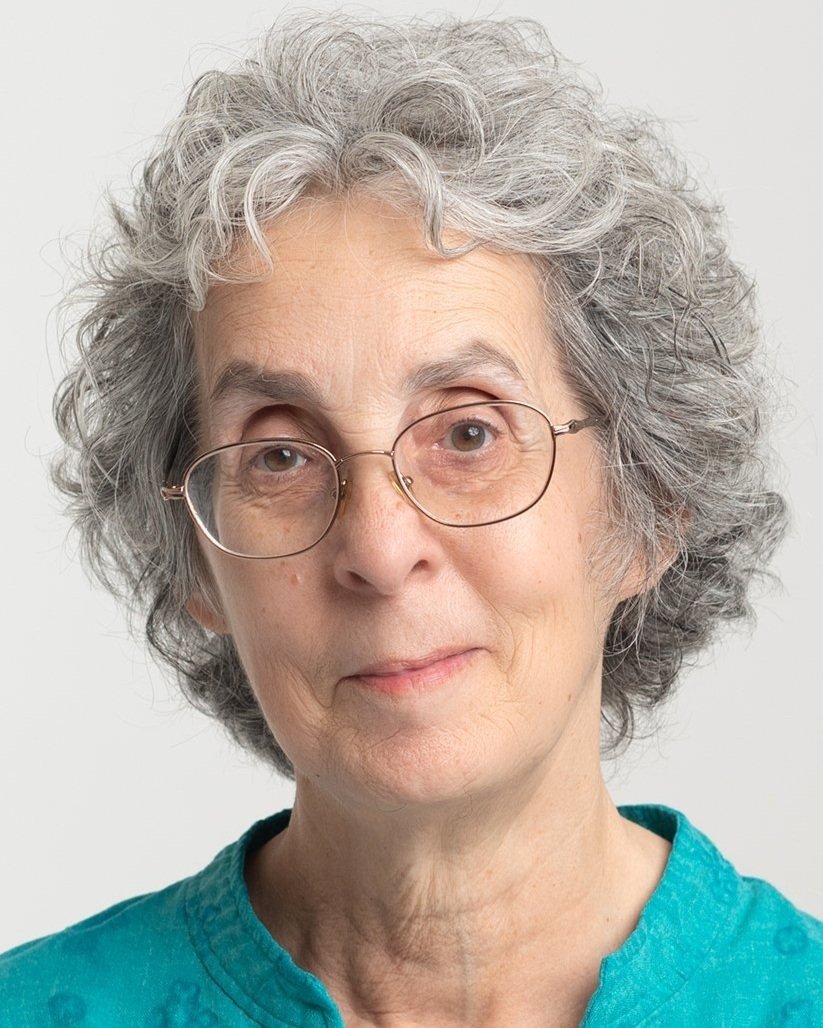Mental Wellbeing in the Hottest Summer on Record
By Lynn Schlossberger, LPC
The world feels inhospitable when it’s 98 in the shade, and feels like 109. Extreme heat takes a toll on our physical, mental, and emotional wellbeing. Care of the body requires planning: scheduling activities in the cooler part of the day; wearing light colors and fabrics that breathe, like cotton; drinking extra water. SAMHSA (Substance Abuse and Mental Health Services Admin) treats extreme hot weather as a public health issue, and created Heat.gov as a resource. Care of the mind when the world feels like a sauna, takes extra care too. Extreme heat creates emotional hazards, including insomnia, fatigue, increases of depression and anger, and increased risk of both suicide and violence. The rate of inpatient admissions during a heat wave for people with behavioral health diagnoses, increases more than the average population. Their coping resources may be limited. Psych meds do wonders, but antidepressants and antipsychotics may have more side effects in extreme heat conditions, and may impair the body’s ability to regulate body temperature. People with Schizophrenia are at greatest risk.
Needless to say, the risk of heat related stress is greater for some populations than others. Lack of access to secure housing with air conditioning creates hardship. So does crowding, and living in densely built urban areas, surrounded with concrete and asphalt that stores and radiates heat. But it’s not just physical discomfort that undermines us, in the midst of a Louisiana summer for the record books.
Extreme weather is a result of climate change, and that phenomenon has increased our ambient anxiety. Researchers are finding growing “eco-anxiety,” which is a response of fear and hopelessness, to growing changes in our environment. Overheating of the Gulf puts us at risk of more severe hurricanes. That anxiety is completely rational. When we notice changes in the Louisiana coastline, we may experience “sostalgia,” a disrupted sense of safety caused by changes to the surroundings we call home.
Eco-anxiety is not in the DSM yet, but it is present in abundance. A Yale University study in 2020 found that half of respondents were anxious about the effects of climate change on their mental health. Care providers have some catching up to do; complaining about the heat is more than just superficial venting, and needs to be taken seriously. Environmental hazard is the context in which people present with depression and anger, and needs to be addressed, just as we address background stress from toxic relationships, stigma, and cultural bias. We need to listen. Gen Z, currently teens and 20-somethings, is particularly prone to eco-anxiety, because they worry about where this climate trajectory is leading. Eco-anxiety rarely comes up in therapy, because patients don’t know it’s valid.
We don’t have easy answers for how to respond to eco-anxiety. The American Psychological Association has some thoughts about how to manage it. They recommend getting educated, because accurate information about climate change is empowering. They suggest we focus on resilience, to cope with serious challenges to our wellbeing. Identify achievable goals. Find supportive relationships with people who share one’s core values, such as a desire to have a healthy planet to call home. Avoid isolation. Avoid maladaptive thinking, that any problem is “unsolvable”. Reconnect with nature, even if it’s hot hot hot out. And please, while you do that, stay hydrated.
Lynn Schlossberger LPC









